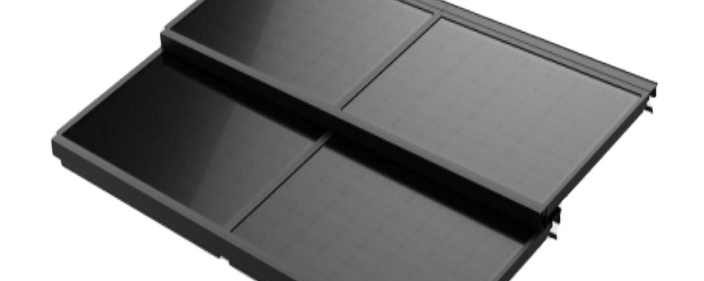1. Appearance and Form Factor
Photovoltaic glass modules are often more aesthetically versatile, designed to blend seamlessly with building facades. Their transparency can be adjusted to suit architectural needs, creating a sleek, modern look. In contrast, common PV modules typically have a more standardized, often opaque appearance, mainly optimized for pure energy production without much focus on architectural integration.
2. Function and Application Scenarios
Power generating glass/photovoltaic glass modules is ideal for building – integrated photovoltaics (BIPV). It can serve as windows, skylights, or curtain walls, providing both power generation and the functionality of traditional building materials. Regular PV modules are usually installed on rooftops or in large – scale solar farms, mainly for centralized power generation.
3. Technical Performance
While both convert sunlight into electricity, power – generating glass modules may have different efficiency characteristics. They are engineered to perform well under various lighting conditions typical of building environments, such as diffused light. Common PV modules are optimized for direct sunlight exposure in open – field settings, aiming for maximum power output per unit area in ideal sunlight conditions.
